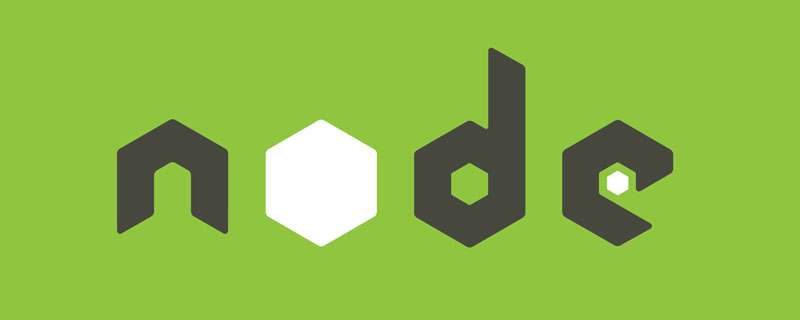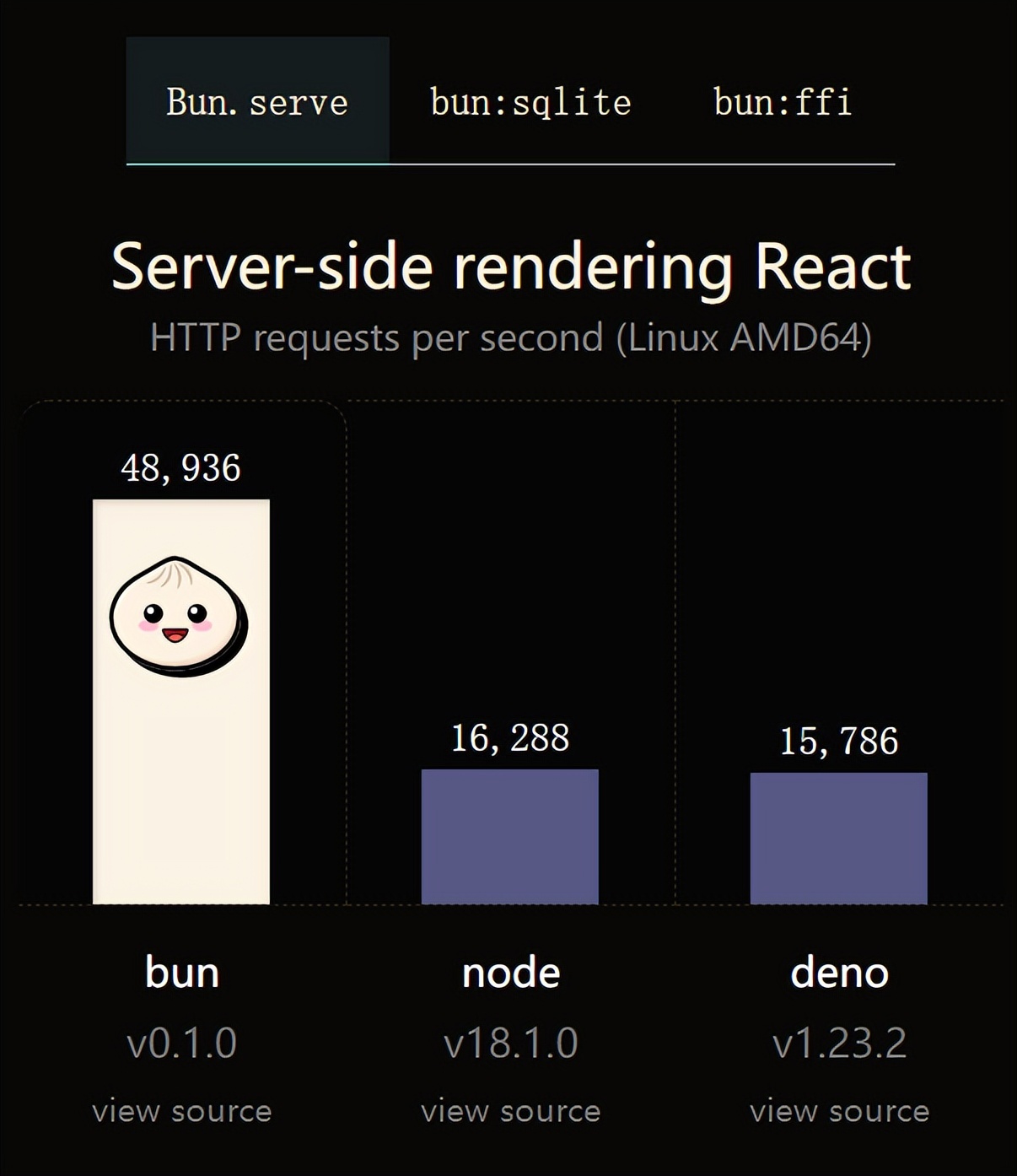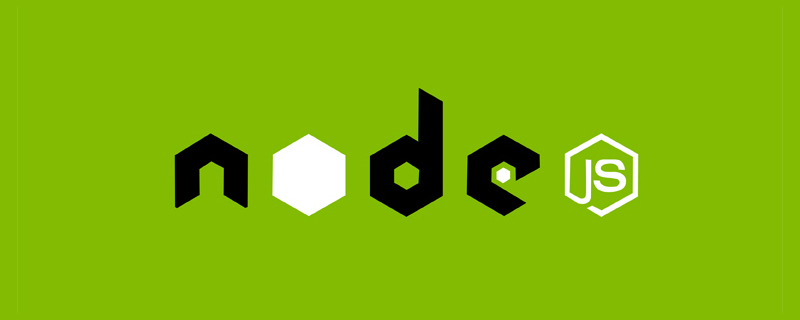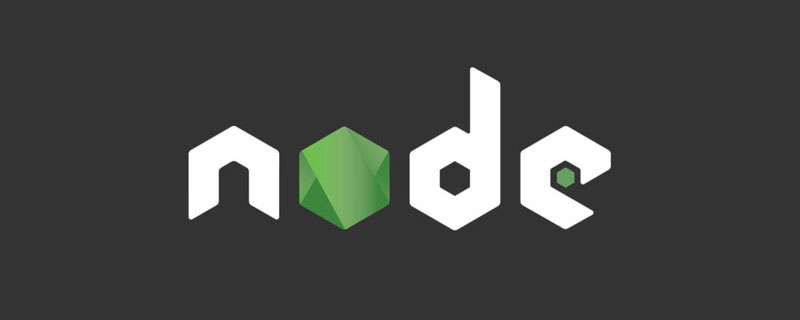What nodejs can do: 1. Realize full-stack development for programmers; 2. Unify public class libraries and standardize codes; 3. Asynchronous programming; 4. Process IO-intensive applications; 5. Build complex System; 6. Implement a monitoring system for the memory stack, etc.

The operating environment of this article: Windows7 system, nodejs10.16.2, Dell G3 computer.
nodejs Introduction:
Node.js is a JavaScript running environment based on the Chrome V8 engine. Node.js uses an event-driven, non-blocking I/O model, making it lightweight and efficient. Node.js's package manager npm is the world's largest open source library ecosystem.
What can nodejs do?
1. Nodejs is based on Javascript language, so there is no need to learn an unfamiliar language separately, thus lowering the learning threshold. At the same time, the Javascript language is crucial in Web front-end development, especially HTML5 applications must use it. Therefore, the unified language of the front and backend can not only realize the full-stack development of programmers, but also unify public class libraries and standardize codes. Based on this alone, Nodejs has won the favor of the market.
2. Nodejs did not re-develop the runtime environment, but chose V8, the fastest browser kernel currently, as the execution engine to ensure the performance and stability of Nodejs.
3. The development of Nodejs is very efficient and the code is simple. It is proud of the single-thread mechanism of Nodejs. Another feature of Nodejs, asynchronous programming, gives Nodejs a clear advantage in handling IO-intensive applications. Personally, I feel that using Nodejs for web development is 10 times more efficient than Java and simpler than PHP code.
4. The Nodejs community is growing. Not only is the number of packages increasing rapidly, but the quality of the packages is also significantly better than that of other languages. Many star-level packages are simple and smart, designed for developers' usage habits. The toolkits I use most, such as socket.io, moment.js, underscore.js, async.js, express.js, bower.js, grunt.js, forever.js..., are really changing my previous programming habits. .
Of course, in addition to my reasons for using Nodejs, many companies also have their own reasons for using it.
The reasons why ebay chose Nodejs can be summarized into the following four points:
Dynamic language: very high development efficiency and the ability to build complex systems, such as http:/ /ql.io.
Performance and I/O load: Nodejs solves IO-intensive problems very well through asynchronous IO.
Memory overhead of connections: Each Node.js process can support more than 120,000 active connections, and each connection consumes approximately 2K of memory.
Operation: Implemented the Nodejs monitoring system for the memory stack.
15 Nodejs application scenarios
We already have a preliminary understanding of Nodejs, let’s take a look at the application scenarios of Nodejs.
1 Web development: Express EJS Mongoose/MySQL
express is a lightweight and flexible Nodejs web application framework that can quickly build a website. The Express framework is built on the built-in Http module of Nodejs and repackages the Http module to implement the function of Web request processing.
ejs is an embedded Javascript template engine that generates HTML code through compilation.
mongoose is the object model tool of MongoDB. Through the Mongoose framework, you can access MongoDB.
mysql is a communication API that connects to the MySQL database and can be used to access MySQL.
Normally using Nodejs for web development requires the use of three frameworks, just like SSH in Java.
2 REST development: Restify
restify is a REST application framework based on Nodejs, supporting server and client. Restify focuses more on REST services than express, removing the template, render and other functions in express. At the same time, it strengthens the use of REST protocol, versioning support, and HTTP exception handling.
3 Web Chat Room (IM): Express http://Socket.io
socket.io is a software based on the Nodejs architecture and supports the websocket protocol for real-time communication. Bag. Socket.io provides a complete package for building real-time applications across browsers. Socket.io is completely implemented by JavaScript.
4 Web crawler: Cheerio/Request
cheerio is a fast, flexible and encapsulating jQuery core function toolkit specially customized for the server. Cheerio includes a subset of core jQuery, stripping away all DOM inconsistencies and browser incompatibilities from the jQuery library, revealing its truly elegant API. Cheerio works on a very simple and consistent DOM model, making parsing, operation, and rendering incredibly efficient. Basic end-to-end benchmarks show that Cheerio is approximately eight times (8x) faster than JSDOM. Cheerio encapsulates the @FB55 compatible htmlparser and can parse almost any HTML and XML document.
5 Web blog: Hexo
Hexo is a simple, lightweight, static blog framework based on Node. Through Hexo, we can quickly create our own blog, which can be completed with only a few commands.
When released, Hexo can be deployed on your own Node server or on github. For individual users, deploying on GitHub has many benefits. It can not only save the cost of servers, but also reduce the troubles of various system operation and maintenance (system management, backup, network). Therefore, personal sites based on github are beginning to become popular...
6 Web Forum: nodeclub
Node Club is a new community software developed with Node.js and MongoDB, with an elegant interface and powerful functions Rich, compact and fast, it has been used in the Node.js Chinese technical community CNode, but you can use it to build your own community.
7 Web Slideshow: Cleaver
Cleaver can generate presentations based on Markdown. If you already have a Markdown document, you can create a slideshow in 30 seconds. Cleaver is a tool for Hackers.
8 Front-end package management platform: bower.js
Bower is a package management tool launched by twitter. Based on the modular idea of nodejs, the functions are dispersed into various modules, so that the modules and There is a relationship between modules, and Bower is used to manage this relationship between modules.
9 OAuth authentication: Passport
The Passport project is an authentication middleware based on Nodejs. The purpose of Passport is only for "login authentication". Therefore, the code is clean, easy to maintain, and can be easily integrated into other applications. Web applications generally have two forms of login authentication: username and password authentication login, and OAuth authentication login. Passport can configure different authentication mechanisms according to the characteristics of the application. This article will introduce the authentication login of user name and password.
10 Scheduled task tool: later
Later is a tool library based on Nodejs that executes scheduled tasks in the simplest way. Later can run in Node and the browser.
11 Browser environment tools: browserify
The emergence of Browserify allows Nodejs modules to run in the browser, use the require() syntax format to organize the front-end code, and load npm modules. In the browser, the code compiled by calling browserify is also written in the <script> tag. </script>
The operation of using Browserify is divided into 3 steps. 1. Write a node program or module, 2. Use Browserify to precompile it into bundle.js, 3. Load bundle.js in the HTML page.
12 Command line programming tool: Commander
commander is a lightweight nodejs module that provides powerful functions for user command line input and parameter parsing. Commander originates from a Ruby project of the same name. Features of commander: self-recording code, automatically generating help, merging short parameters ("ABC" == "-A-B-C"), default options, mandatory options, command parsing, and prompts.
13 Web console tool: tty.js
tty.js is a command line window that supports running in the browser. It is based on the node.js platform and relies on the socket.io library. Through websocket communicates with Linux system. Features: supports multi-tab window model; supports vim, mc, irssi, vifm syntax; supports xterm mouse events; supports 265-color display; supports session.
14 Client application tool: node-webwit
Node-Webkit is a fusion of NodeJS and WebKit technologies, providing an underlying framework for client application development across Windows and Linux platforms, leveraging popular A platform for writing applications using web technologies (Node.JS, JavaScript, HTML5). Application developers can easily leverage Web technologies to implement various applications. Node-Webkit's performance and features have made it the world's leading web technology application platform.
15 Operating system: node-os
NodeOS is a friendly operating system developed using NodeJS. The operating system is completely built on the Linux kernel and uses shell and NPM For package management, NodeJS can not only perform package management well, but also manage scripts, interfaces, etc. well. Currently, both Docker and Vagrant are built with the first version of NodeOS.
Recommended learning: "node video tutorial"
The above is the detailed content of What nodejs can do. For more information, please follow other related articles on the PHP Chinese website!
 Vercel是什么?怎么部署Node服务?May 07, 2022 pm 09:34 PM
Vercel是什么?怎么部署Node服务?May 07, 2022 pm 09:34 PMVercel是什么?本篇文章带大家了解一下Vercel,并介绍一下在Vercel中部署 Node 服务的方法,希望对大家有所帮助!
 node.js gm是什么Jul 12, 2022 pm 06:28 PM
node.js gm是什么Jul 12, 2022 pm 06:28 PMgm是基于node.js的图片处理插件,它封装了图片处理工具GraphicsMagick(GM)和ImageMagick(IM),可使用spawn的方式调用。gm插件不是node默认安装的,需执行“npm install gm -S”进行安装才可使用。
 火了!新的JavaScript运行时:Bun,性能完爆NodeJul 15, 2022 pm 02:03 PM
火了!新的JavaScript运行时:Bun,性能完爆NodeJul 15, 2022 pm 02:03 PM今天跟大家介绍一个最新开源的 javaScript 运行时:Bun.js。比 Node.js 快三倍,新 JavaScript 运行时 Bun 火了!
 聊聊Node.js中的多进程和多线程Jul 25, 2022 pm 07:45 PM
聊聊Node.js中的多进程和多线程Jul 25, 2022 pm 07:45 PM大家都知道 Node.js 是单线程的,却不知它也提供了多进(线)程模块来加速处理一些特殊任务,本文便带领大家了解下 Node.js 的多进(线)程,希望对大家有所帮助!
 nodejs中lts是什么意思Jun 29, 2022 pm 03:30 PM
nodejs中lts是什么意思Jun 29, 2022 pm 03:30 PM在nodejs中,lts是长期支持的意思,是“Long Time Support”的缩写;Node有奇数版本和偶数版本两条发布流程线,当一个奇数版本发布后,最近的一个偶数版本会立即进入LTS维护计划,一直持续18个月,在之后会有12个月的延长维护期,lts期间可以支持“bug fix”变更。
 node爬取数据实例:聊聊怎么抓取小说章节May 02, 2022 am 10:00 AM
node爬取数据实例:聊聊怎么抓取小说章节May 02, 2022 am 10:00 AMnode怎么爬取数据?下面本篇文章给大家分享一个node爬虫实例,聊聊利用node抓取小说章节的方法,希望对大家有所帮助!


Hot AI Tools

Undresser.AI Undress
AI-powered app for creating realistic nude photos

AI Clothes Remover
Online AI tool for removing clothes from photos.

Undress AI Tool
Undress images for free

Clothoff.io
AI clothes remover

AI Hentai Generator
Generate AI Hentai for free.

Hot Article

Hot Tools

SublimeText3 Chinese version
Chinese version, very easy to use

WebStorm Mac version
Useful JavaScript development tools

Zend Studio 13.0.1
Powerful PHP integrated development environment

SublimeText3 Linux new version
SublimeText3 Linux latest version

Safe Exam Browser
Safe Exam Browser is a secure browser environment for taking online exams securely. This software turns any computer into a secure workstation. It controls access to any utility and prevents students from using unauthorized resources.








